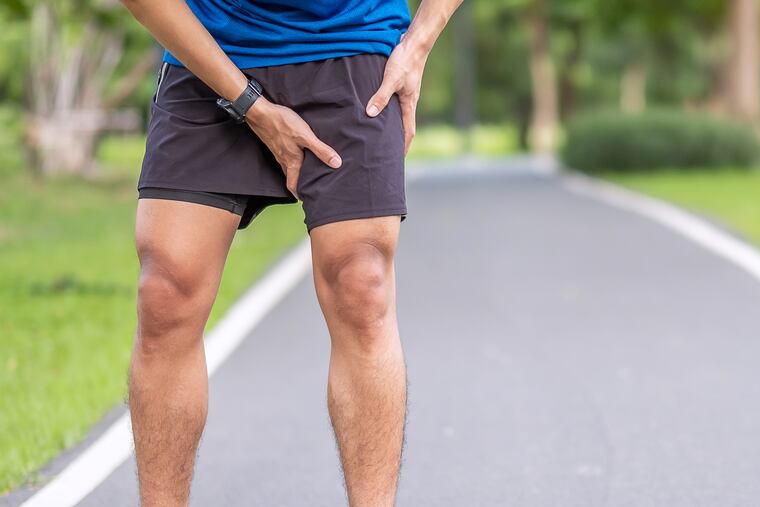Medical Mystery: Young athlete had pain in his groin for months, but no previous injury
Exercise increased his pain and rest temporarily helped it. He had been extremely active and was getting frustrated as this condition was interfering with his ability to play baseball and work out.
